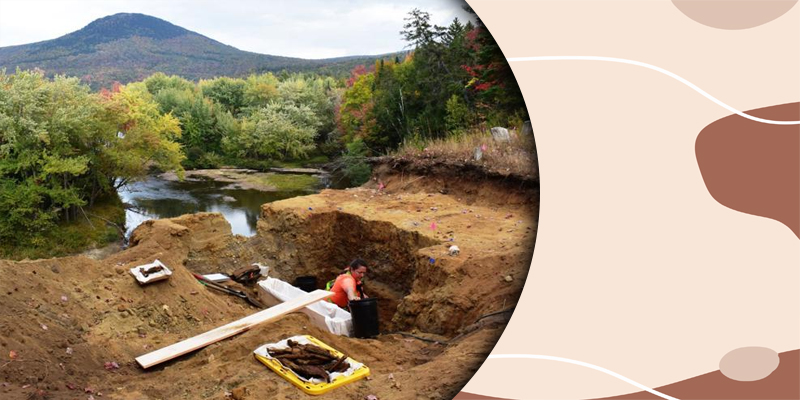Introduction
In the face of life’s inevitable transitions, the task of managing final arrangements can be daunting. Among the many decisions to be made, one that often arises is the transfer of grave deeds. Whether you’re inheriting a gravesite or seeking to relocate a loved one’s remains, understanding the financial implications is essential. This article aims to demystify the process, providing a comprehensive guide on how much it costs to transfer grave deeds and the steps involved.

Image: www.memorials.com
Understanding Grave Deeds
A grave deed, also known as a burial plot deed, is a legal document that grants ownership of a grave plot in a cemetery. It typically includes information such as the location of the plot, the number of graves allowed, and any restrictions or regulations pertaining to the site. Ownership of a grave deed allows you to bury your loved ones or inter remains in the designated location.
Factors Determining Transfer Costs
The cost of transferring a grave deed varies depending on several factors, including:
-
Cemetery Location: Cemetery fees can vary widely depending on the region, size, and prestige of the cemetery.
-
Plot Size: Larger plots naturally incur higher transfer fees.
-
Number of Graves: Some cemeteries charge additional fees for each grave within a plot.
-
Additional Services: Some cemeteries may offer additional services like grave leveling, concrete vaults, or perpetual care, which can add to the overall cost.
Typical Transfer Cost Range
Generally, the cost of transferring a grave deed can range anywhere from $500 to $2,500, though costs above this range are not uncommon. In some cases, cemeteries may not charge a transfer fee but may have other associated fees, such as a maintenance fee or an administration fee.

Image: www.pinterest.com
Steps Involved in the Transfer Process
Transferring a grave deed involves the following steps:
-
Obtain the Original Deed: If you have the original deed, this process will be easier. If not, you may need to contact the cemetery to request a copy.
-
Determine the Transfer Fee: Contact the cemetery and inquire about the transfer fee and any additional fees associated with the process.
-
Complete the Transfer Form: The cemetery will provide you with a transfer form that you will need to complete and sign.
-
Pay the Transfer Fee: Submit the completed transfer form along with the required payment to the cemetery.
-
Receive the Updated Deed: Once the transfer fee is paid, the cemetery will update the grave deed to reflect the new ownership.
Expert Insights
According to funeral industry expert Jane Smith, “It’s important to consider the long-term costs of grave ownership when making a decision. Factors such as perpetual care fees and potential future maintenance expenses should be taken into account.”
Funeral director John Doe advises, “Don’t hesitate to reach out to the cemetery with any questions you may have about the transfer process. They are typically willing to assist you and ensure a smooth transition.”
How Much Does It Cost To Transfer Grave Deeds
https://youtube.com/watch?v=iXN01ald0EY
Conclusion
Transferring a grave deed can be a sensitive and emotional process. By understanding the factors that determine the cost and following the recommended steps, you can ensure a seamless transition of ownership while honoring the memory of your loved ones. Remember, the financial implications of grave deeds are just one aspect of the bigger picture; the true value lies in the lasting connection you share with those laid to rest.